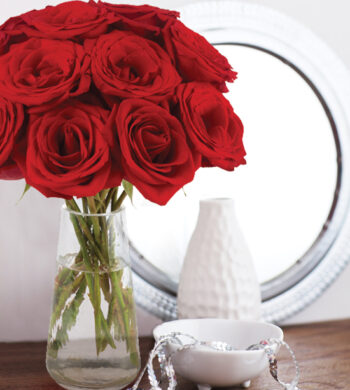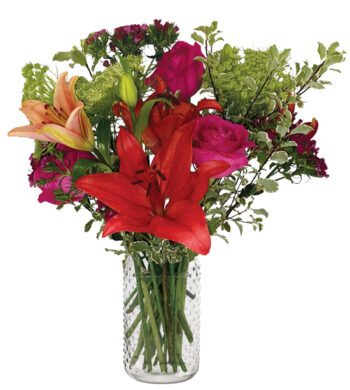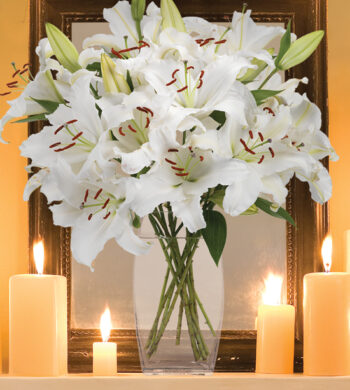Topiary Sculptures Large And Small
Throughout the world there are gardens full of these giant green sculptures called topiaries. The art of growing and shaping plants into sculptures has been around since Julius Caesar and the Romans. Most homes during this time featured an atrium, or indoor garden, where these sculptures were grown and admired. Because of their elegance and sometimes whimsical nature, topiaries can still be found in public gardens all over the world. You can also add these live green sculptures to your own garden. Most garden centers or nurseries sell pre-groomed topiaries in a variety of shapes and sizes. For those of you that enjoy topiaries but do not have the patience or time to groom the larger ones, you can purchase smaller, indoor topiaries.
Any plant that has a long woody stem can be trained as a topiary. Ivy, holly, gardenia, jasmine and rosemary work well indoors and boxwood, yew, and myrtle work well as outdoor topiaries. Most indoor topiaries require bright to medium light and evenly moist soil. You can maintain their shape by trimming any new growth. Be sure to rotate the plant weekly to ensure full, even growth.
If you would like to see some of the larger topiary sculptures, there is a garden in Newport, RI called Green Animals Topiary Garden, that features unicorns, giraffes, elephants and more. Pearl Fryar’s Topiary Garden in Bishopville, South Carolina features many distinct abstract topiary sculptures. There is always the famous Levens Hall Topiary Garden in England.
Fresh Tips: Flower Care & Flower Ordering Tips by Brittany, Calyx Luxury Flowers



